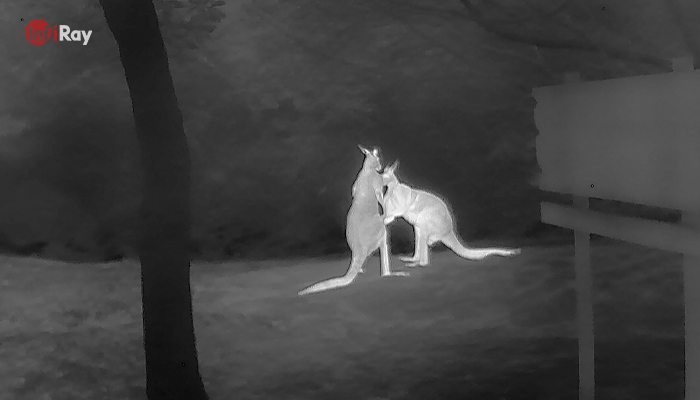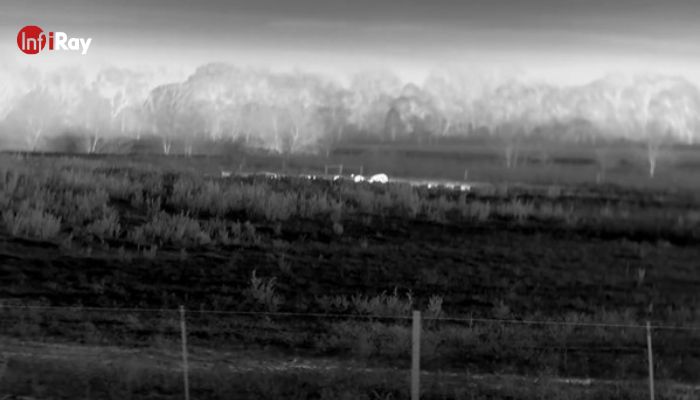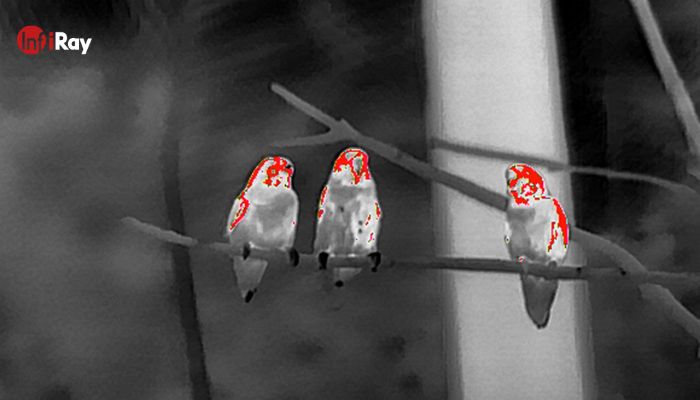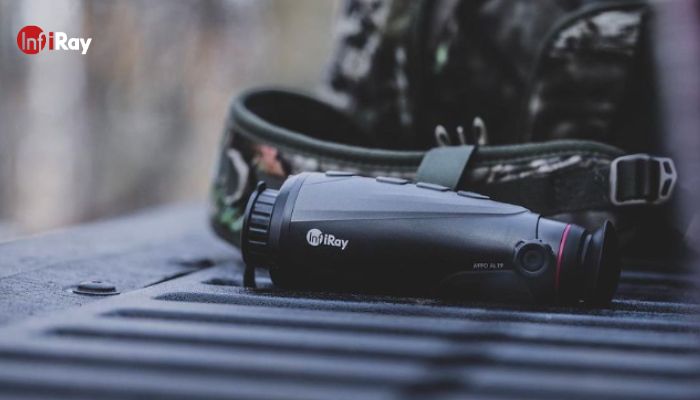5 Reasons Why You Need to Use Thermal Imaging to Explore Wildlife at Night

In the fascinating field of wild animals, the exploration of night wonders by using thermographic techniques has opened up a new field. As the sun bids adieu and darkness descends, the advantages of employing thermal cameras become increasingly apparent. Let's explore these 5 significant advantages that make it an extraordinary experience to watch wild animals at night using thermal imaging.
1. Enhanced Visibility
The main benefit of using thermographic techniques is that they offer increased visibility in low-light environments. Conventional night-vision equipment usually fails in a difficult situation, but a thermographic camera is good at detecting the heat signature. This makes it easier for the viewer to navigate through the dark and expose the secret world of nightlife.
2. Identifying Nocturnal Species
Thermal imaging is invaluable in identifying nocturnal animals that thrive in the cover of darkness. This technique is used to detect the heat released by animals so that they can be easily distinguished and distinguished from each other. Thermal technology provides a clear view into the diverse nocturnal ecosystem, whether it reveals hidden predators or timid herbivores.

3. Wildlife Behavioral Studies
The night reveals a tapestry of animal behavior that often remains hidden during daytime hours. Thermal imaging can be used to detect subtle changes in night behavior, making it useful in deep behavior research. Scientists and wild animal lovers will be able to watch their mating rituals, hunting skills, and social interactions, which will provide invaluable insights into the area of wildlife research.
4. Applications of Conservation Applications
Apart from the excitement of observing, thermal imaging is essential for wildlife protection. The technology helps conservationists in monitoring endangered species without causing disruption. Through minimal human intervention, thermal cameras ensure the security and welfare of wild animals, eventually contributing to wider conservation efforts.
5. Safety and Non-Intrusiveness
Thermal imaging offers a nonintrusive method for wildlife observation. Unlike traditional methods, which can potentially harm animals, thermal cameras operate without emitting visible light. This ensures the safety of both observers and monitored animals, minimizing disturbance to their natural behavior.

Selecting Right Thermal Imaging Equipment
As you enter the fascinating world of night vision, choosing the correct thermal imaging devices is essential. You need to consider many factors to ensure a successful outcome.
1. Optimal Resolution of Image
Achieving crystal-clear imagery is contingent upon selecting a thermal imaging device with optimal resolution. The higher the resolution, the finer the details are captured, providing a clearer and more complete picture of the night wild animals.

2. The Effective Range
How effective you are in exploring a thermal imaging system is largely determined by the distance ability of the equipment. Select a device with an extended range to explore deeper into the darkness and uncover any hidden creatures lurking in the vicinity.
3. Endurance and Weather Resistance
Because of the unpredictability of the wild habitat, it is necessary to have thermographic devices capable of enduring all kinds of environments. Choose equipment that is well known for its endurance and weatherability, which will guarantee its reliability when it is wet, snowy, or difficult terrain.
4. Popular Brands
Several well-known brands provide state-of-the-art equipment for anyone who wants to enter the field of thermography. InfiRay is famous for its reliability and advanced technology. Similar to the InfiRay AFFO Series and InfiRay Zoom Series, they are highly praised for their ability to observe wild animals at night.

The benefits of using a thermograph to watch wild animals at night are more than just curiosity. Thermography is a technique that offers a glimpse into the world of nightlife. It helps increase visibility, recognize species, conduct behavior research, and provide protection. It's important to note that this method is non-invasive and doesn't disturb nocturnal animals. When embarking on a nocturnal wilderness adventure, remember that it's possible to coexist with these animals in harmony.











